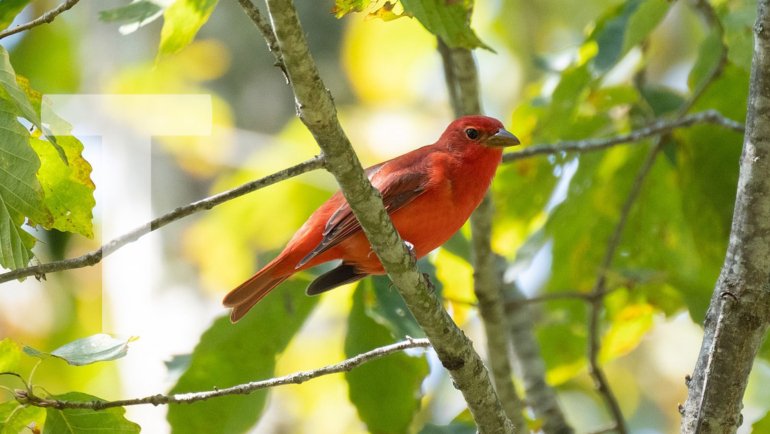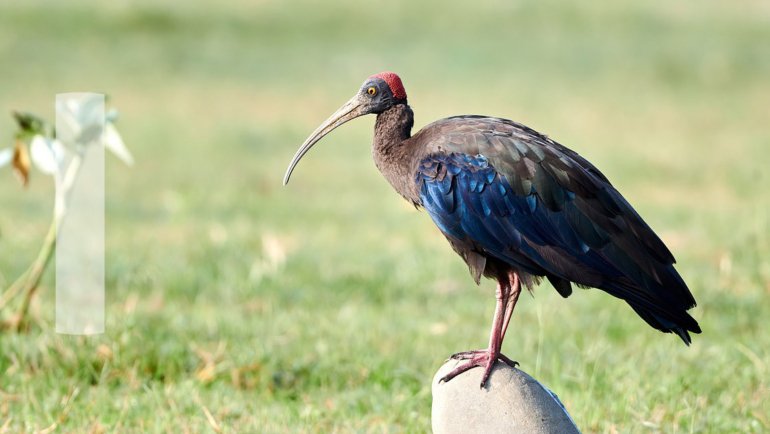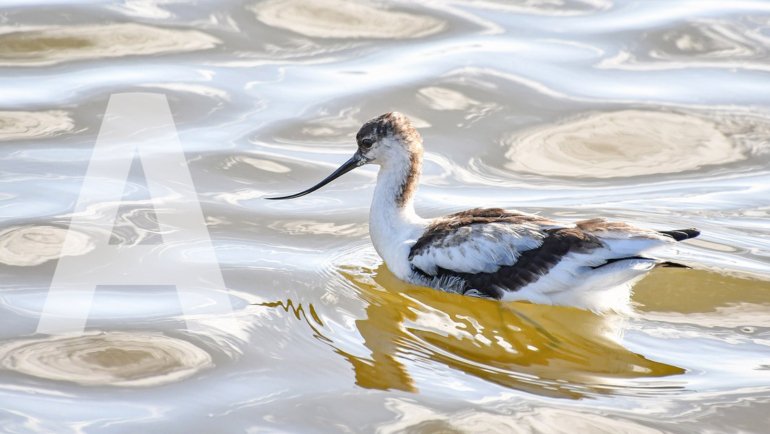Welcome to an exploration of the fascinating world of baboons, one of the most recognizable members of the primate family. With their distinctive faces, social structures, and behaviors, baboons offer a captivating glimpse into the complexity of primate life.
This article delves into the life of baboons – from their species and subspecies to their behaviors, diet, conservation efforts, and more. Prepare to embark on a journey that reveals the remarkable lives of these extraordinary animals.
The Bald Eagle at a Glance
Classification
| Kingdom: | Animalia |
| Phylum: | Chordata |
| Class: | Aves (Birds) |
| Order: | Accipitriformes |
| Family: | Accipitridae |
| Genus: | Haliaeetus |
| Species: | H. leucocephalus |
Essential Information
| Average Size: | 28-40 inches (70-102 cm) |
| Average wingspan: | 6-8 feet (1.8-2.4 meters) |
| Average Weight: | Males: 7-10 lbs (3-4.5 kg), Females: 10-14 lbs (4.5-6.5 kg) |
| Average Lifespan: | In the wild: up to 20 years, In captivity: up to 50 years |
| Geographical Range: | North America |
| Conservation Status: | Least Concern (IUCN Red List) |
Species and Subspecies
The bald eagle is the only eagle species endemic solely to North America. Its scientific name is Haliaeetus leucocephalus. There are two recognized subspecies of bald eagles:
- Haliaeetus leucocephalus leucocephalus (Southern Bald Eagle): Traditionally found from Baja California and Texas south to parts of Mexico, it’s the smaller of the two subspecies.
- Haliaeetus leucocephalus alascanus (Northern Bald Eagle): Larger in size, it’s found in Alaska, Canada, and the northern United States.
The Northern Bald Eagle is larger than its southern counterpart, and because of its wider distribution, it’s the more recognized subspecies.
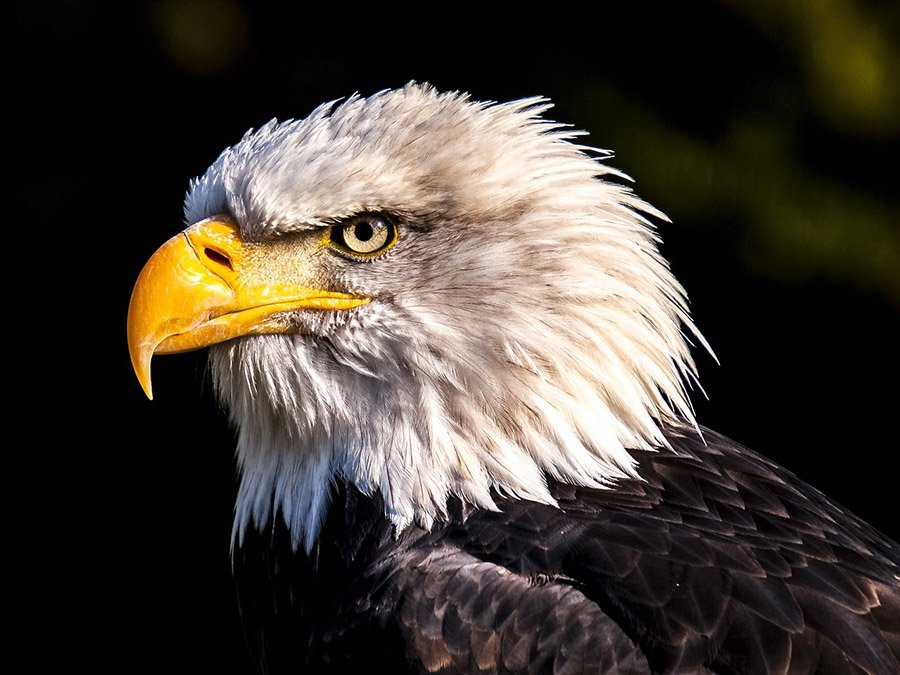
Description
The bald eagle is a striking bird, known for its contrasting colors and impressive size. Mature adults are easily identifiable by their bright white heads and tail feathers, which starkly contrast against their dark brown bodies. The bird’s yellow eyes, beak, and feet add another layer of color contrast. The wings are broad and long, providing stability in flight.
In terms of size, bald eagles show considerable variation between the sexes, a phenomenon known as sexual dimorphism. Females are typically larger, measuring from 35 to 37 inches (88 to 94 cm) in length with a wingspan of 7 to 8 feet (2.1 to 2.4 meters), and weigh between 10 to 14 pounds (4.5 to 6.5 kg).
Males, on the other hand, are usually smaller, averaging 30 to 34 inches (76 to 86 cm) in length, sporting a wingspan of 6 to 7 feet (1.8 to 2.1 meters), and weigh in between 7 to 10 pounds (3 to 4.5 kg).
Young bald eagles, or juveniles, lack the iconic white head and tail. Instead, they are mostly brown with white mottling until they reach sexual maturity around 4 to 5 years of age when they acquire their signature adult plumage.
Habitat and Distribution
The bald eagle inhabits a wide range of environments across North America, from the bayous of Louisiana to the forests of Alaska and Canada. They prefer habitats near large bodies of open water with an abundant food supply and tall trees for nesting. This includes seacoasts, rivers, large lakes, and marshes.
Bald eagles can be found across most of North America, from Alaska and Canada down through the United States to northern Mexico. The largest population of bald eagles is in Alaska, with an estimated 30,000 birds.
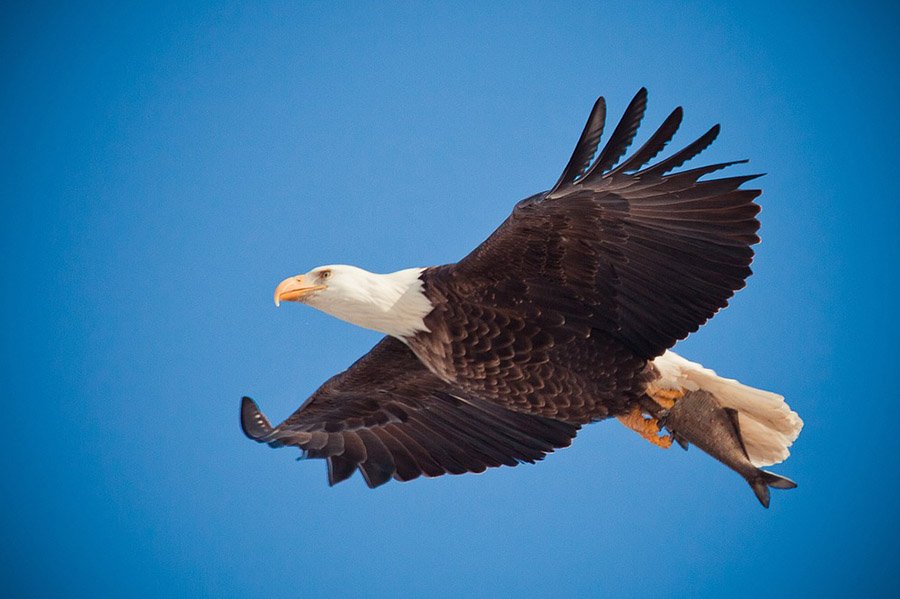
Behavior
Bald eagles are diurnal, active during the day. They are known for their impressive flying abilities, reaching speeds up to 35 to 44 miles per hour (56 to 70 km/h). They are also strong swimmers but prefer to fly.
Bald eagles are generally solitary but are often observed in large congregations in areas with abundant food supplies. During breeding season, bald eagles become particularly territorial and pair off. Once paired, bald eagles mate for life, only selecting a new partner if their current one dies.
They use a combination of vocal and physical displays to communicate with each other. Bald eagle vocalizations are often described as weak and high-pitched compared to their robust size and image. Physical displays can include aerial maneuvers during courtship.
Bald eagles are famous for their spectacular “death spiral” courtship ritual where two eagles lock talons and spin as they fall towards the earth, separating at the last moment. This courtship flight, in addition to being a test of strength and agility, is also a spectacular sight to behold.
Their nests, or aeries, are among the largest of any bird species. They are typically built in tall, sturdy conifers or hardwood trees that overlook bodies of water. The same nests are used year after year, and with annual additions of new material, can eventually measure up to 10 feet (3 meters) in diameter and weigh several tons.
Diet and Feeding/Hunting Behavior
Bald eagles are carnivorous, primarily feeding on fish, which comprises about 70-90% of their diet. Their favored fish species include salmon, trout, and many types of sea fish. When fish are not readily available, they also feed on smaller birds, mammals like rabbits, hares, and muskrats, reptiles, amphibians, and even carrion.
Bald eagles have excellent eyesight and can spot their prey from a considerable distance while soaring high in the sky. They swoop down over the water at impressive speeds to catch fish with their sharp talons. Once they’ve captured their prey, they use their powerful wings to lift off the water surface and carry the prey to a perch or their nest to eat.
In addition to hunting, bald eagles are known for their opportunistic behavior and will not hesitate to steal prey from other birds, a behavior known as kleptoparasitism. This is often observed with ospreys, where eagles chase them down until they drop their freshly-caught fish, which the eagles then claim.
Predators
Adult bald eagles have few natural predators. Their size and powerful build deter most potential threats. However, their eggs and young chicks are vulnerable and can be preyed upon by raccoons, ravens, black bears, wolverines, and other large birds of prey when parents are not guarding the nest.
Adult eagles can occasionally be attacked by large owls such as the Great Horned Owl or by other eagles during territorial disputes. Human activities, however, pose the most significant threat to bald eagles through habitat destruction, poisoning from lead bullets in carrion, and collisions with vehicles or power lines.
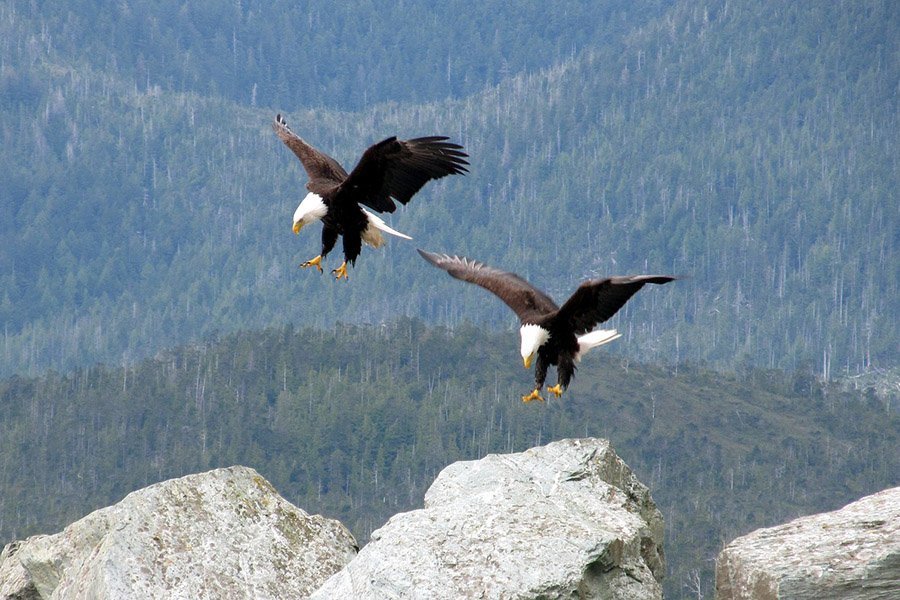
Reproduction and Life Cycle
Bald eagles are monogamous, often mating for life. They start breeding around four to five years of age. Courtship includes dramatic displays of aerial acrobatics, nest construction, and mutual preening.
Nest building is a serious endeavor for these birds. They prefer tall, sturdy trees near bodies of water and construct massive nests or “aeries,” which they use year after year, adding new material each season. Some nests can reach sizes up to 9.5 feet (2.9 meters) in diameter and weigh as much as 2 tons.
The female typically lays two eggs per breeding cycle, although this can range from one to three. The incubation period lasts about 35 days, and both parents share incubation duties. The eaglets hatch blind and covered in soft down, completely dependent on their parents for food and protection.
Eaglets start to fly, or fledge, by 10-12 weeks of age but will continue to rely on their parents for food for another few weeks as they learn to hunt. By late summer, the young eagles are ready to start life on their own.
Conservation and Threats
The bald eagle was once listed as endangered in the U.S. due to hunting, habitat loss, and the detrimental effect of the pesticide DDT, which caused their eggshells to thin and break prematurely.
However, thanks to significant conservation efforts, the population of this species has rebounded. In 2007, the bald eagle was removed from the U.S. federal list of threatened and endangered species, although it is still protected under the Bald and Golden Eagle Protection Act.
The primary threats bald eagles currently face are habitat destruction and environmental pollution, particularly in the form of lead poisoning from spent ammunition in carcasses that the eagles scavenge.
Efforts to maintain and increase their population include protecting nesting habitats, reintroduction programs in areas where they were locally extinct, and legislation that bans the use of harmful pesticides and chemicals. Public education about these birds and their ecological importance also plays a vital role in their conservation.
Fun Facts
- The bald eagle is not actually bald. The term “bald” in its name comes from an old English word “balde,” meaning white, which refers to the white feathers covering the head and tail of adult eagles.
- Bald eagles are incredibly strong and can fly up to 35-43 miles per hour (56-70 km/h) while carrying a weight of up to 5 lbs (2.27 kg), about half their body weight.
- The bald eagle has been the national bird and symbol of the United States since 1782. It was chosen for its majestic beauty, great strength, and long life.
- The vision of a bald eagle is 4-5 times sharper than a human’s. They can spot a rabbit running from almost a mile away.
- Bald eagles have a remarkable lifespan. In the wild, they can live up to 20 years, and in captivity, they have been known to live over 50 years.
Frequently Asked Questions
Why are bald eagles considered birds of prey?
Bald eagles are classified as birds of prey or “raptors” due to their diet and hunting habits. They are powerful hunters and feed primarily on fish, but they also eat other birds, rodents, and even carrion.
How big are bald eagle nests?
Bald eagles build some of the largest nests of any bird species. These nests, also known as aeries, can reach sizes of up to 9.5 feet (2.9 meters) in diameter and weigh as much as 2 tons.
Why do bald eagles have white heads?
Bald eagles develop white feathers on their heads and tails when they reach sexual maturity around 4-5 years of age. The stark contrast between their white heads and dark bodies makes them easily identifiable.
Are bald eagles still endangered?
No, the bald eagle is no longer considered an endangered species. After years of conservation efforts, their population has rebounded, and they were removed from the U.S. federal list of threatened and endangered species in 2007. However, they are still protected under the Bald and Golden Eagle Protection Act.
How do bald eagles hunt?
Bald eagles are known for their dramatic hunting strategy. They soar high in the sky, then swoop down at high speed to snatch a fish out of the water with their powerful talons. They can also catch other birds in mid-air or scavenge carrion.

